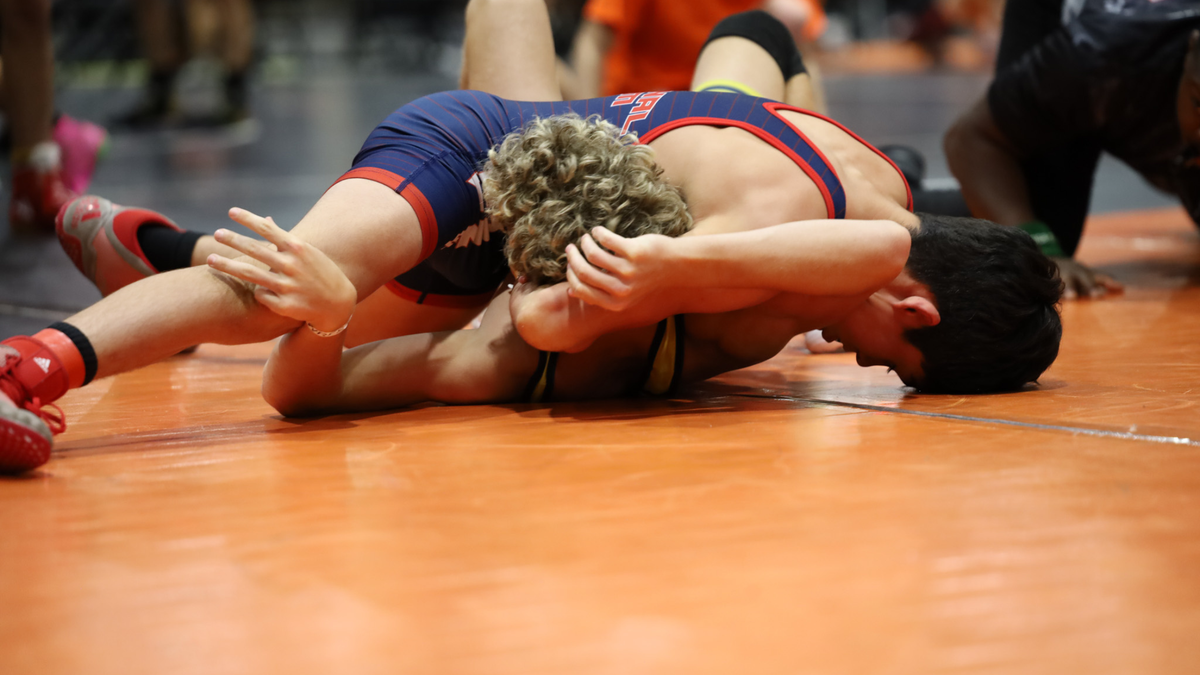These 3 Rules Will Dictate Where You Land On The Podium

Ever wonder why the elite athletes at the top of their game just seem to move differently? They look smoother, more powerful, and less tired than everyone else, even when they’re going all out. It’s not magic, and it's not always just "talent."
They are, whether they know it or not, masters of three fundamental rules of movement. These rules are the physics of human performance. They govern everything.
If a technique, any technique, compromises one of these principles, it’s a bad technique and should be discarded. When you understand these rules, you understand the "why" behind every single thing we do in our training. This is the blueprint for building a truly dominant athlete.
Rule #1: Maximize Torque
Your body isn't a machine with sliding parts; it's a system of levers (your bones) and hinges (your joints). Because our joints only rotate, all human movement is based on torque.
Think of torque like using a wrench on a bolt. Torque is the rotational force you create. If you use a longer wrench, you can produce more force on the bolt with the same amount of effort.
In lifting, your body is the wrench. When you're doing a deadlift or a snatch, the barbell is placing a downward force on you, creating a torque at your hips and spine. If that barbell drifts away from your body, it’s like trying to loosen a stubborn bolt with a tiny wrench—you have to work way harder, and you'll probably fail.
When the bar is too far away from you, you "bleed torque." This is a disaster. Your max lifts will suck, your engine will be devastated because you're wasting so much energy, and you will lose to athletes who don't bleed torque. Period.
This isn't as mysterious as it sounds. The rule is simple: keep the external force (the barbell) as close to your joints as possible at all times. This is why I'm a fanatic about bar path. When I'm screaming to keep the bar close on the second pull of a snatch, it’s because I'm telling you to use a longer, more efficient wrench.
Your goal is to minimize the torque the environment places on you through perfect positioning, so you can maximize the torque your muscles create.
Rule #2: Optimize the Stretch-Shortening Cycle (SSC)
The SSC describes the "rubber band" nature of your muscles.
If you pull a rubber band back and release it immediately, it shoots across the room. If you pull it back, hold it for three seconds, and then release it, it just kind of flops out of your hand. It lost its stored elastic energy.
Your muscles work the same way. When you drop into a squat quickly and immediately bounce back up, you produce way more force than if you pause at the bottom and then try to stand up. That pause kills the elastic energy. (This is exactly why we use Pause Squats as a specific tool—by making the lift harder, they force you to get stronger).
But in a competition, you want to be that snappy, responsive rubber band. In any sport that doesn't have rules about tempo—which is basically every sport except Powerlifting—the SSC needs to be completed as fast as humanly possible.
This is why we "rebound" off the ground on box jumps and "tap and go" on barbell reps in a metcon. We are training the body to absorb force and immediately redirect it. The faster you can transition from the eccentric (loading) phase to the concentric (exploding) phase, the more power you will produce.
Effective use of the SSC is the secret to getting more reps and lifting more weight when the clock is running. Always move fast through your reps.
Rule #3: Use Your Core (Core-to-Extremity)
This is the rule that ties everything together. The contraction of your core—all the muscles in your torso—must always happen before your arms and legs move.
Power is generated in the core and then radiates out to your limbs. If your spine is a wet noodle, all that power you generate from your hips and legs disappears before it ever reaches the barbell or your opponent.
Your core must be a rock-solid, stable cylinder. This means you have to know what shape it needs to be in for the task at hand:
- Neutral: Nearly all our barbell lifts (Squats, Cleans, Deadlifts, Snatches) demand a rigid, neutral spine from start to finish. Any rounding under a heavy load is a catastrophic failure.
- Hollowed & Arched: Many gymnastics movements, like pull-ups and toes-to-bar, require you to oscillate between a hollow body and an arched position. This "kipping" is not cheating; it is a skillful way to generate more power by using your core as a massive whip.
To make your spine rigid, you must master the Valsalva maneuver. This is the technique of taking a big breath and bracing your abs against that air, creating insane amounts of internal pressure that stabilizes your entire torso. For a one-rep max, it's a huge, sustained brace. For multiple reps in a metcon, you learn an abbreviated, faster version.
Mastering this skill is non-negotiable.
That’s it. That’s the short list of the physics you need to master to be the best athlete you can be. Torque, the SSC, and Core-to-Extremity control.
These three rules are the "why" behind the what. It’s why we obsess over the Olympic lifts, why we hammer the foundational Powerlifts, and why we demand technical perfection. We're not just building muscles; we're building athletes who are masters of movement.
This is the level of detail we operate at every single day in the Champion's Circle.
Join the Champion's Circle and get the Daily Blueprint.
Coach Dane Whitted
Champion's Path
www.champions-path.ghost.com
